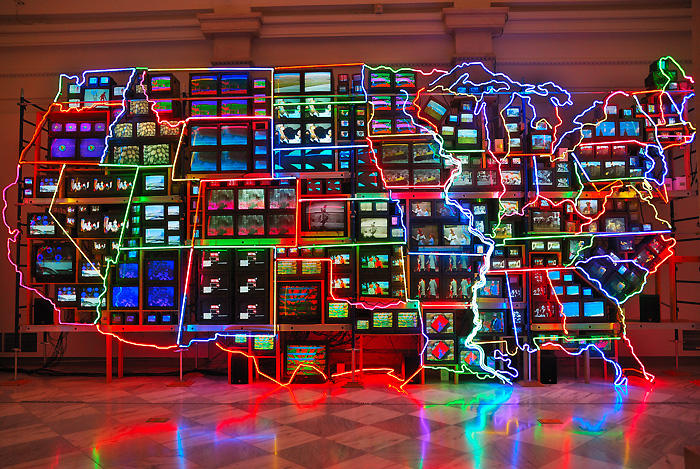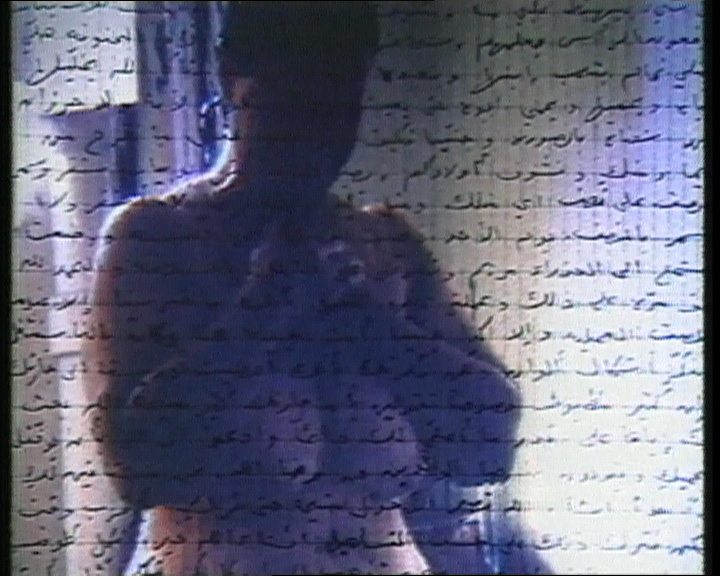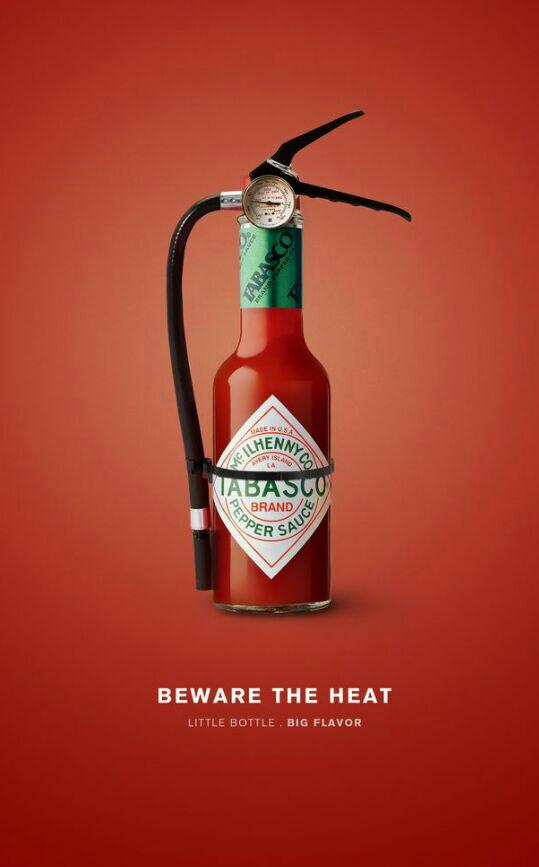What is sound?
Sound can include many things. some of which includes music kinetic sculpture instruments conceptual art sound effect and much more. Edgard Varese defines sound as all organize sounds. In a performance piece 443, he demonstrated that silence is also a sound. On the other hand, Paul DeMarinis argue that there are three parts to any sound recorded.The first sound is the sound that we try to record with a bit of distortion. The second sound refers to the sound of the environment. The third one refers to the whirring mechanics of the recording machine.
How has it been used in culture and society?
Sound art has been widely incorporated into the arts. by 1955 sound arts have almost become an art fad. It is widely adapted to music, kinetic sculptures, instruments played by the wind or the general public and more. surface noise is often employed as the backdrop for continued attention and suspended belief. In the earlier times, the sound was used to create and emphasize on the silence.
What makes it an art?
Paul Dementist that that sound art has been loosely categories into the visual arts. Similarly, as it lacks a purpose. I strongly believe that art has to have a purpose. Art is a reflection of reality. I feel that arts should offer a new perspective and probe the audience’s thoughts and feelings. Similarly, in traditional art, the meaning of the painting does not lie within the medium but on the subject matter of the work, unlike sound art where the medium of the meaning.
How does advancement in audio technology affect our sense?’
Advances in the audio technology allow us to normalise, compress and fill every moment with sounds. This results in us rejecting the silence, and the surface noise. This has resulted in many scholars opposing the classical and academical circles elevating silence to the highest pedestal in sound. This can be seen clearly in john cage 433, where he invited a musician to “play” a piano for 4 min and 33 seconds before leaving the stage. For John Cage, this is a composition of the varrying lenght of sielnce.



